Submitted by WA Contents
Flint Castle’s "Iron Ring" put on hold after harsh public criticism
United Kingdom Architecture News - Jul 31, 2017 - 16:03 11988 views
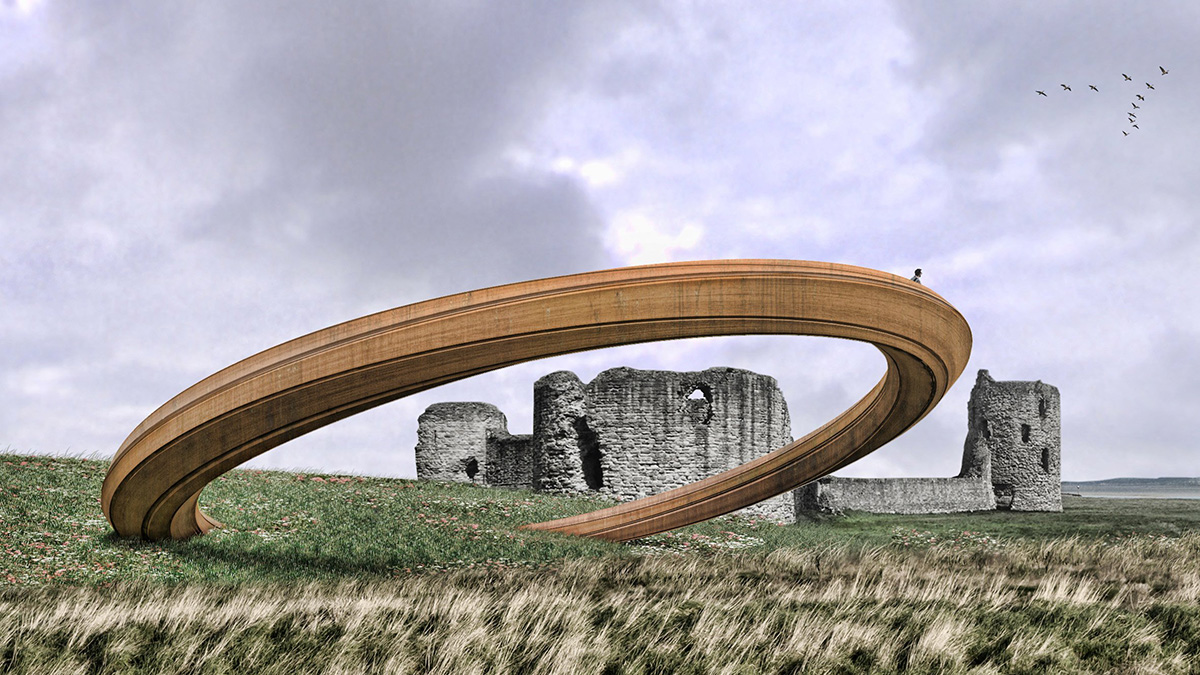
A cantilevered ring-shaped sculpture has been designed by George King Architects to be installed at Flint Castle in Wales - but the iconic sculpture has been put on hold by the Welsh government as it was exposed to fierce criticism by the local residents and opponents of the design. London-based George King Architects was selected as the winner of a competition held by the Welsh Government to design an art piece celebrating Wales' own stories and legends and creating a link between them. The studio's proposal was designed to encourage visitors to visit the other castles in the ring.

However, the local people and the opponents of the design have claimed that the project insults the Welsh people as it represents 'subjugation, oppression and injustice' witnessed throughout Edward I's period, King of England, from 1272 to 1307. Following the announcement of the project, the local residents have launched an online petition for the project to be scrapped and after reaching over 10,000 signatures, Ken Skates, the Welsh cabinet secretary for economy and infrastructure, suspended the design to review it in detail.
"We find this extremely disrespectful to the people of Wales and our ancestors who have battled oppression, subjugation and injustice for hundreds of years. We ask that you please rethink the decision to build this monument and use the money elsewhere," stated in the petition.
"We ask that you please intervene and prevent the building of this distasteful artwork."
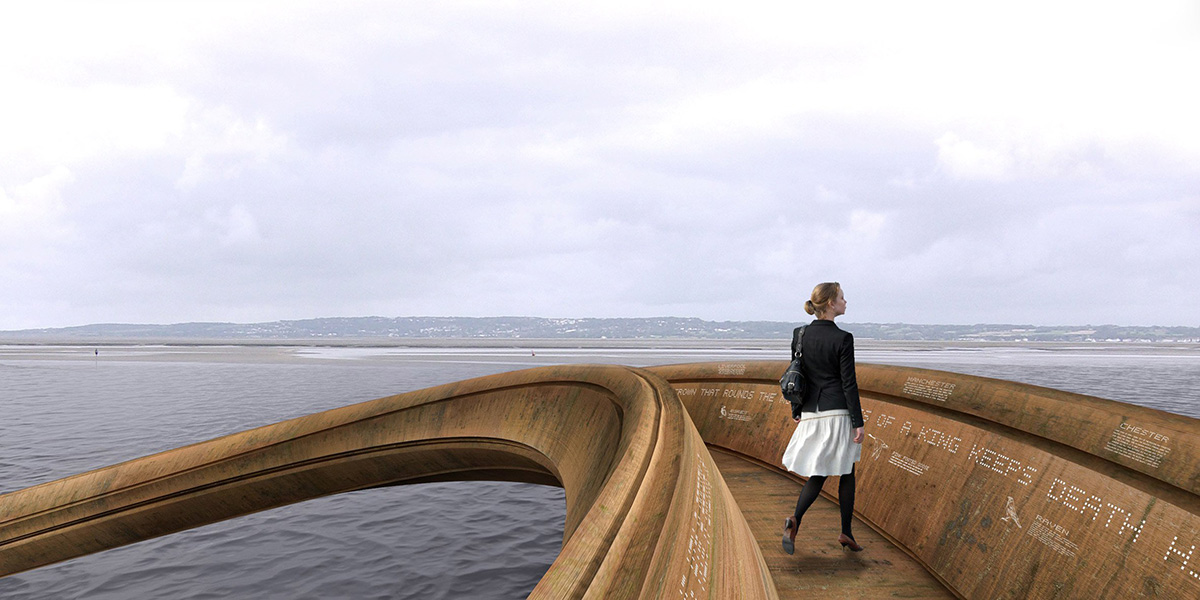
The iconic Iron Ring was designed in the form of a 30m diameter rusted steel ring resting on the banks of The Dee Estuary. Flint Castle was begun in 1277 and it was one of the first castles to be built in Wales by King Edward I. The place is where Edward I’s “Iron Ring” of fortresses across north Wales to subdue the Welsh first began.
Attributing to this historic ring, the architects designed this sculptural project to "symbolise a giant rusted crown representing the intimate relationship between the medieval monarchies of Europe and the castles that they built."
"The sculpture’s precarious balanced form, half buried beneath the ground, half projecting into the air, demonstrates the unstable nature of the crown. Its location at Flint Castle marks the spot where the crown was famously transferred from one medieval dynasty to another, as described in Shakespeare’s Richard II," said George King Architects.
"Flint Castle was the setting as Richard II surrendered the crown to Henry IV, a momentous event that shaped the history of Britain and Europe."
Iron Ring has been carefully designed to work at many scales. From afar its striking, iconic form resembles a giant ancient artefact, washed up on the shore of the Dee Estuary. Its scale and dynamic form, complemented by LED lighting, means that it will become an instantly recognisable landmark for the area. However as you approach the sculpture it becomes obvious that piece is more than a sculpture.
A passageway is carved out of the giant ring, allowing visitors to travel over its circumference. The gently sloping path elevates you above the ground, providing views of the estuary and of Flint Castle. Closer inspection reveals the sides of the walkway are intricately engraved. On one side of the path the full length contains an iconic quote taken from Shakespeare’s Richard II as the King is considering surrendering his throne.
On the other side the path turns the ring into a giant compass, providing the name and direction of the other castles that make up the Iron Ring, providing details of their own stories and legends and creating a link between them and Flint that encourages visitors to visit the other castles in the ring.
This has been achieved by creating a sculpture that is visually striking but also in keeping with the character of the site and by following the principal of touching the earth gently. Iron Ring is designed as a cantilevered bridge structure that for a sculpture of its size (30m diameter) touches the ground in a delicate manner at only two points.
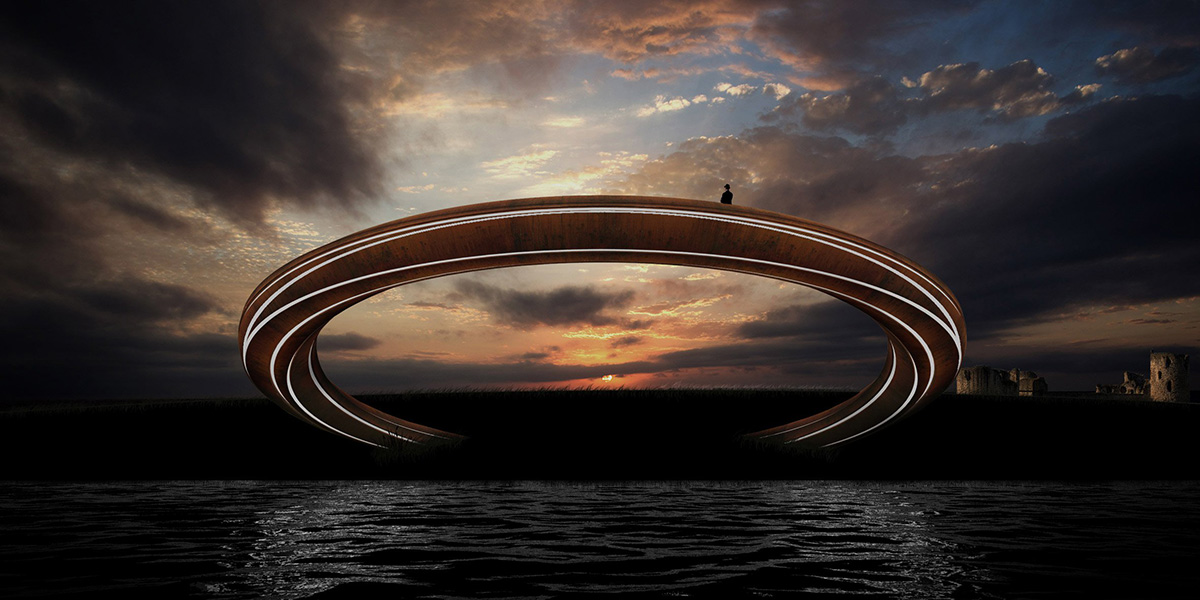
"We recognise that art divides opinions, encourages debate, and can be interpreted in many ways and that combining history, art and place can often lead to powerful emotions and passions," said a spokesman from the Welsh heritage body (Cadw) and Arts Council for Wales, reports The Telegraph.
"These plans are about investing in Flint, increasing visitor numbers and growing the local economy. The proposed sculpture would also provide a unique opportunity to promote Welsh steel, as well as tell powerful stories that continue to shape our lives today."
On the other hand, Welsh Labour's Hannah Blythyn finds the proposal for Flint castle "well warranted", according to the same report.
"Flint Castle is key to the visitor economy in my area and I welcome Cadw and the Welsh Government's ongoing commitment to grow the castle as a tourist asset, including plans for a visitor centre alongside other community facilities," added Blythyn.
"The castle is an integral part of the town's history and fabric - my priority is working with the community in Flint to ensure a broad range of voices are heard in bringing future investment to our town."
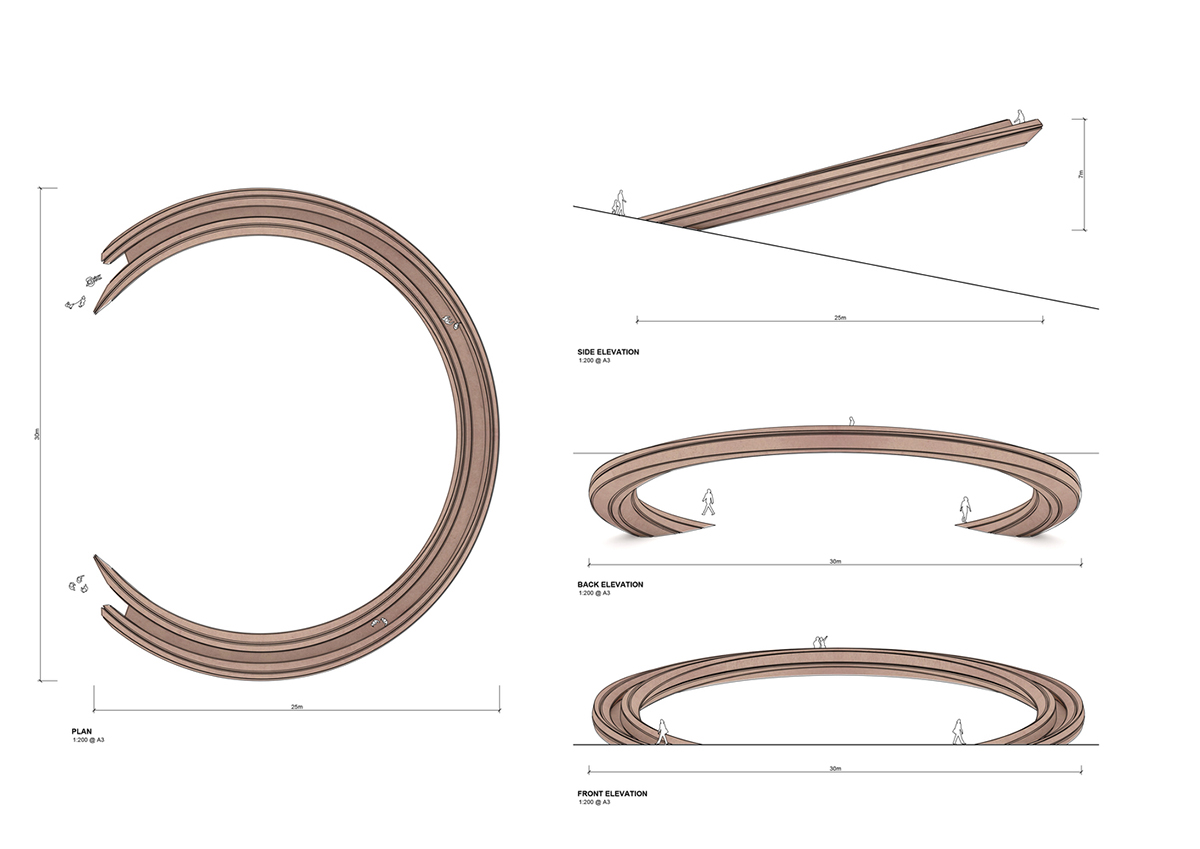
It is reported that the project budget costs £395,000 and if it passes the review process successfully, the sculpture is scheduled to open in 2018, which will be developed as part of a wider regeneration masterplan for the castle and the Flint Foreshore.
Further improvements to the castle include the installation of a stainless-steel spiral staircase within the north-east tower and a masterplan to consider the wider regeneration of the Flint Foreshore.
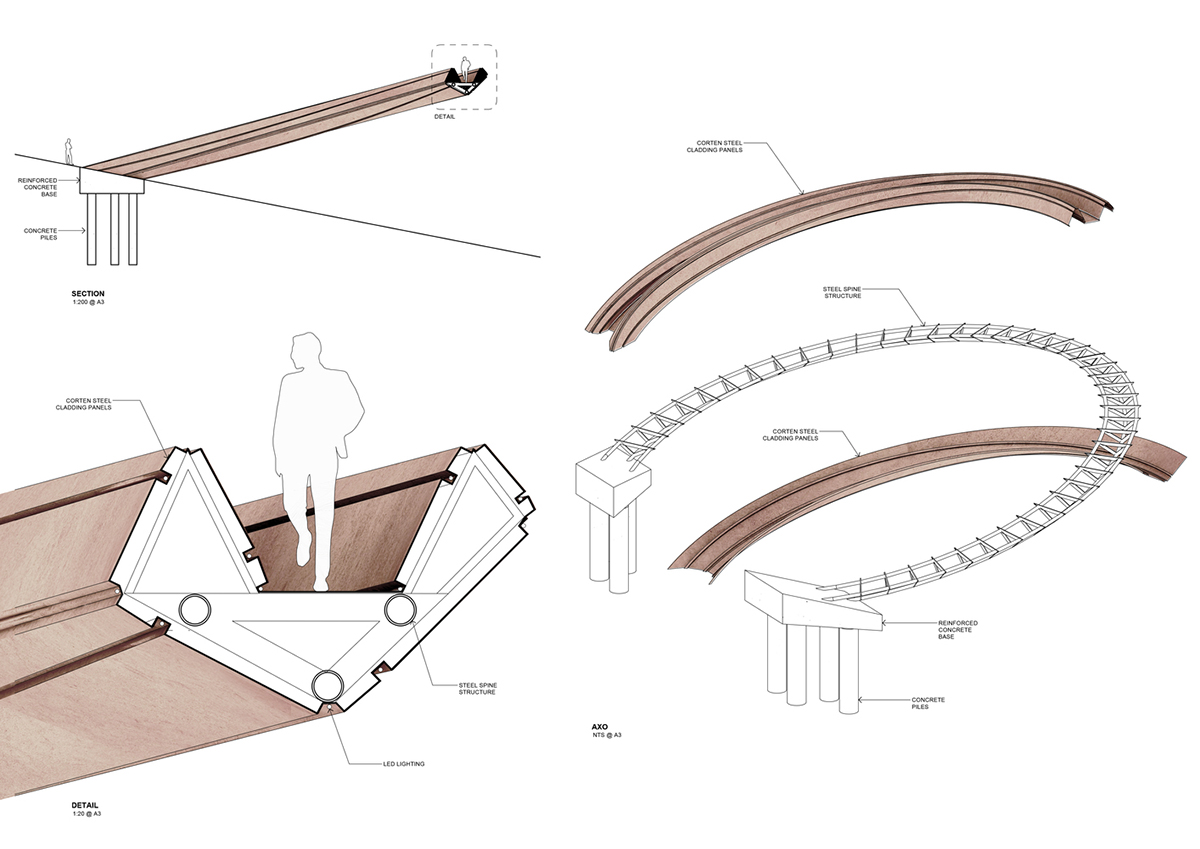
The £217k staircase has been fitted in the same position as the original masonry staircase, allowing visitors access to the tower and an opportunity to enjoy magnificent views from a new platform installed at the top of the stairs.
The regeneration approach is in its early stages, but will look at options for the improvement to the current facilities along the shore. This will include working with Flint’s RNLI, rugby club and football club to improve current facilities, and working with partners such as the Local Authority to develop visitor services at Flint Castle.
All images © George King Architects
